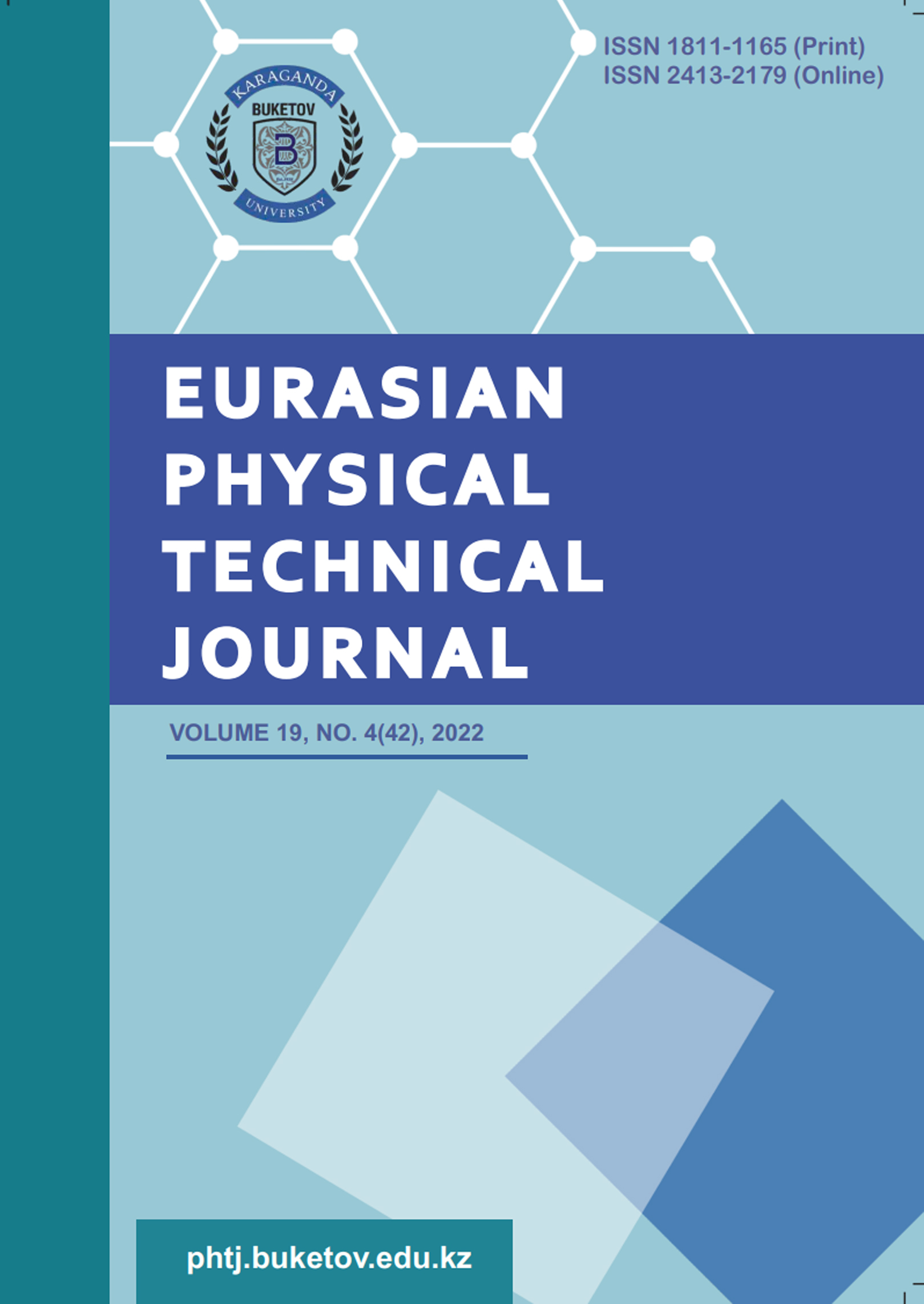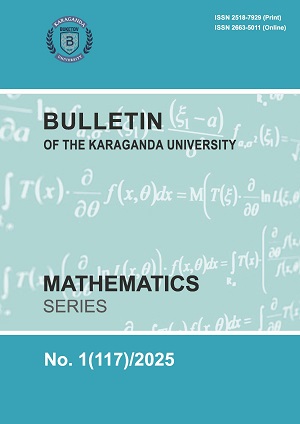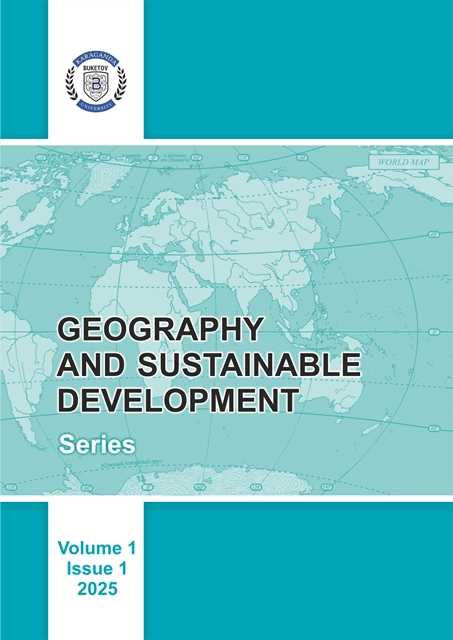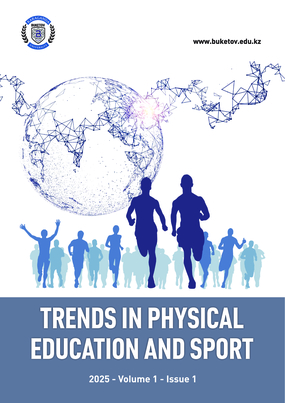

Corporate author: Academician Ye.A. Buketov Karaganda University
Journal is registered in The International Centre for the registration of serial publications ISSN (UNESCO, Paris, France)
Journal politics
The “Karaganda University Bulletin,” an open source scientific periodical, plans to to publish scientific research conducted by Kazakh scientists, as well as those working in other countries, in all fields of science. The journal will be of interest to Kazakhstani and foreign faculty members, as well as doctoral students, undergraduates and students who are interested in the latest results of fundamental and applied research applicable to their academic fields. The journal aims to provide a productive environment for the exchange of relevant scientific and educational information in order to meet the needs of an expanding, integrating international scientific community, while emphasising new methods and progressive ideas. Reed more
«Eurasian Physical Technical Journal» (сокращенно "Eurasian phys. tech. j.") является международным рецензируемым научным журналом открытого доступа для публикации оригинальных научных статей по актуальным проблемам технической физики..

ISSN: 2518-7929 (Print). ISSN: 2663–5011 (Online). Journal is registered in The International Centre for the registration of serial publications ISSN (UNESCO, Paris, France) ISSN 2518-7929 (Print). ISSN 2663–5011 (Online).

Journal «Bulletin of the Karaganda University», series «Physics», a peer-reviewed scientific journal, published since 1996. ISSN: 2518-7198 (Print) ISSN: 2663-5089 (Online) Certificate of re-registration of a periodical, news agency, and online publication, no. KZ38VPY00027378, date of issue 30.09.2020

Eurasian Journal of Chemistry is an international peer-reviewed scientific journal for prompt publication of research results in the field of chemistry in the form of full research Articles and author's Reviews.

The journal "Fundamental and Experimental Biology" is the legal successor of the journal "Bulletin of Karaganda University. ‘Biology Medicine Geography’ Series"

The purpose of the journal is to publish original scientific research devoted to current issues in geography and sustainable development.

The purpose of the journal is to publish the results of scientific research on topical problems of history and philosophy in the original articles of the authors

Editorial policy: (was approved by report №2 from 22.05.2020): Вulletin of the Кaraganda University, Рedagogy series is peer-reviewed, issued since 1996. ISSN 2518-7937 (Print). ISSN 2663-516Х (Online).

Journal «Вulletin of the Кaraganda University. «Law» series is registered by the Ministry of Culture and Information of the Republic of Kazakhstan. The registration certificate number is 13108-Zh from 23.10.2012.The certificate on statement on the re-registration of the periodical from 30.09.2020 year.

Bulletin of Karaganda University. Philology Series" is a peer-reviewed scientific journal that fosters scholarly exchange among researchers and educators in the field of philology.

The Buketov Business Review is a scientific peer-reviewed journal that publishes original research and review articles in the fields of business and economics with focus on innovation and innovative practices.

Journal «Trends in physical education and sport» is an international scientific journal for prompt publication of research results in the field of physical education and sport in the form of full research Articles and author's Reviews.




